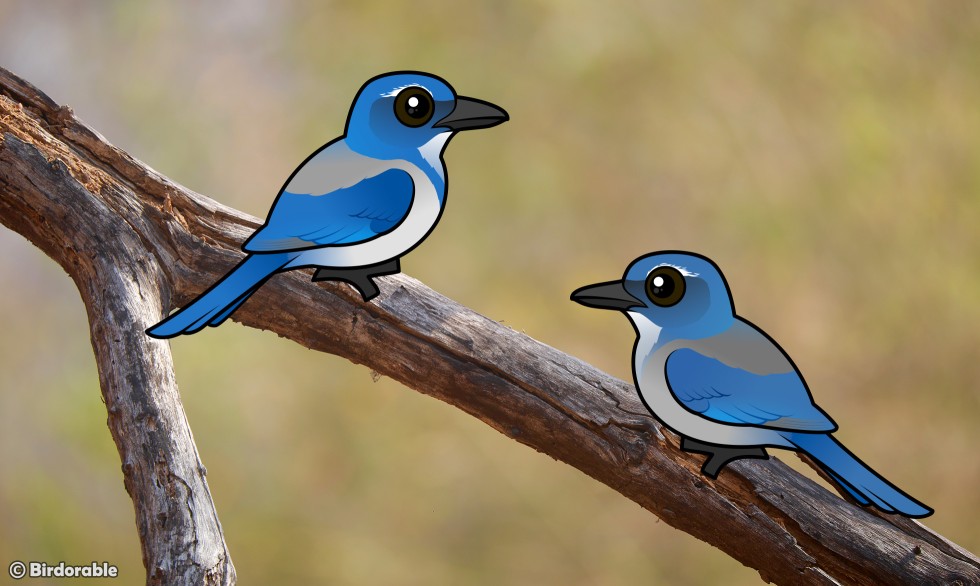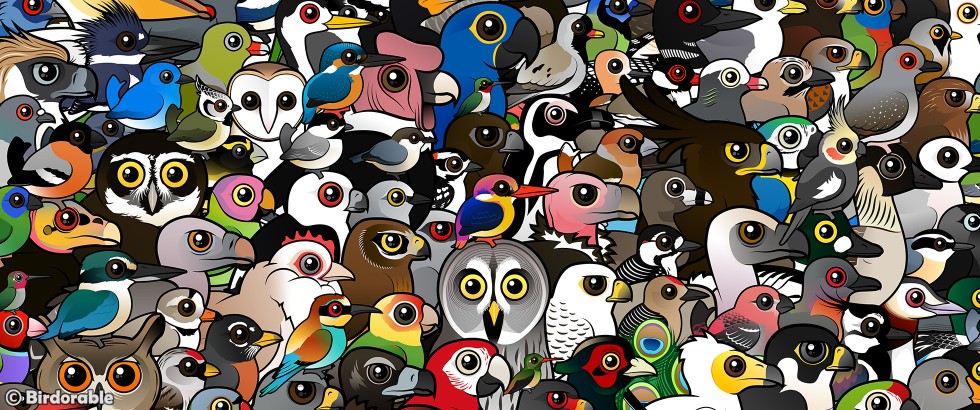How Many Bird Species Are There in the World?

The California Scrub-Jay (left) was split from the Woodhouse's Scrub-Jay (right); both were formerly lumped as the Western Scrub-Jay.
The number of bird species in the world has long been considered to be around 10,000—a nice, round figure repeated in birding guides and scientific references for decades. However, the real number is far from static. It fluctuates as scientists make new discoveries, reclassify known species, and adjust classifications based on evolving research methods. Bird species counts also depend heavily on which taxonomy system is followed, with different organizations maintaining their own species lists based on scientific consensus, research updates, and classification philosophies.
Taxonomy is the science of classifying organisms, and for birds, this is a constantly evolving field. Scientists might find that what was once thought to be a single species is actually two or more distinct species—a process called "splitting." This often happens when new genetic research reveals deep differences between populations that might look similar at first glance but are not interbreeding or have distinct behaviors or ranges. The opposite process, "lumping," occurs when two species thought to be separate are determined to be the same species after closer examination.
Recently, the Cornell Lab of Ornithology, through its birding resources like eBird, Merlin, and the Clements Checklist, updated its global bird taxonomy. Their latest count now recognizes 11,145 bird species worldwide. While this increase might sound like a sudden bird explosion, most of the changes come from taxonomic revisions rather than the discovery of entirely new birds.

In the latest update, only three newly described bird species were added. The rest of the changes come from reclassifications. A significant 141 species were added due to "splitting," recognizing separate populations as distinct species. On the flip side, 16 species were "lumped," reducing the total number in those cases. These updates are based on cutting-edge research, including DNA analysis, field observations, and changes in understanding of bird distribution and ecology.
Taxonomic revisions are more than just paperwork for ornithologists. They have real-world implications for conservation efforts. When a species is split into multiple new species, each new species might have a much smaller population or range than previously thought, highlighting the need for more targeted conservation efforts. Similarly, newly described species might be at risk but previously overlooked because they were considered part of a more common species.
So, how many bird species are there? While the new figure from the Cornell Lab of Ornithology stands at 11,145, it’s safe to say the exact number will continue to change. Bird taxonomy is a dynamic field, constantly reshaped by new research, technological advancements, and even new discoveries in remote or understudied parts of the world. For birders and ornithologists, keeping up with the ever-changing bird list is just part of the fun!





Comments
Leave a comment
Thank you!